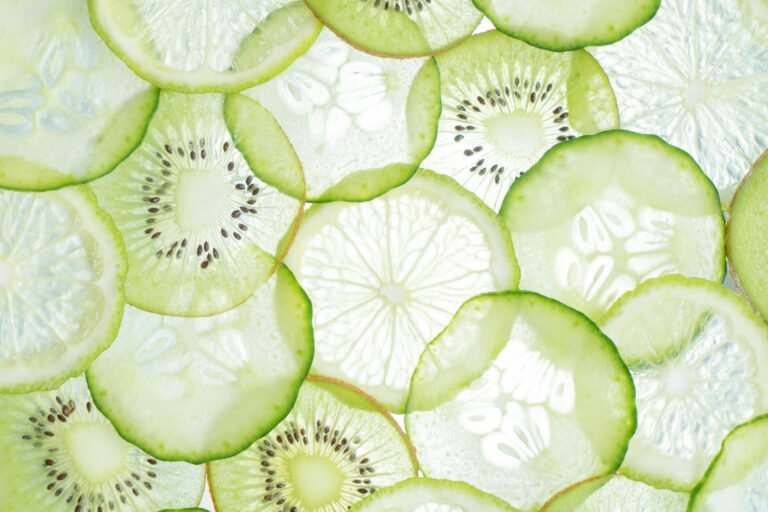My therapist is a donkey: onotherapy
Thanks to the discovery of the benefits that man can derive from the relationship with the donkey – among which that of conveying emotions that cannot be expressed otherwise – onotherapy has arisen. Let’s discover this really interesting pet therapy

In our collective imagination the donkey is associated with stubbornness, ignorance and laziness, but in reality this animal has a number of qualities that make it an excellent co-therapist .
Less known than hippotherapy , in Italy this co-therapy begins to take its first steps in the late 1980s and early 1990s.
Currently there are numerous associations and professionals who are dedicated to onotherapy for the treatment of syndromes and disorders related to the emotional-affective, psychological, sensorial and motor spheres .
What is onotherapy?
Onotherapy is a type of pet therapy that is carried out through the establishment of a therapeutic relationship between the patient and the donkey (from the Greek ὄνος “ónos”, donkey).
At the basis of this co-therapy there is, therefore, the man-animal relationship which, as in the case of other pet therapies, is based on a principle of equality: for the animal there are no prejudices and differences, all men are equal him without discrimination based on the presence of some kind of disability.
Another relevant aspect of onotherapy is that the activities are carried out in places such as farms and stables, or in demedicalized environments, where, at the same time, patients can be in contact with nature.
Onotherapy is also defined as Donkey Mediated Therapy when the donkey acts as a mediator between patient and therapist and Donkey Assisted Activities when the aim is to make patients experience the ability to feel and express emotions.
The most important and recognized quality of onotherapy compared to other more traditional therapies lies in the active role of the patient , who is continuously stimulated and motivated by the interaction with the donkey.
The role reversal is achieved through animal care activities : the patient is no longer the passive object of parental or family care to which he is normally subjected, but becomes an active subject , capable of taking care of another living being.
The phases of therapy and the objectives
In the first phase the activities take place “on the ground” and consist in approaching the animal and taking care of it. In this way, patients are stimulated from a cognitive and motor point of view: they must in fact concentrate to remember and coordinate their actions.
At the same time, this phase plays an important role in increasing the self- esteem of patients, who begin to feel important and useful for the role that is taking place.
In a second phase , the activities begin to be carried out on the back of a donkey, possibly sleeping to encourage direct contact with the animal. This is the most intense phase, in which emotions are stimulated and one works on corporeality and proprioception .
Maddalena Wegher , President of the Association “A donkey for a friend”, affirms that the objectives of onotherapy are
- increase mobility and independence,
- improve the psycho-physical, emotional and social conditions of the patients, “through the stimuli induced and / or mediated by the donkey and its strong expressive abilities, which arouse strong emotions, help interactions, promote trust, without criticism ” ( Wegher, The Donkey in Help of Man , 2006).
We know the donkey better
The donkey has morphological and ethological characteristics that make it an animal particularly suitable for assisting and supporting multiple therapeutic processes
Although it is often related to the horse, the nature of these two animals is generally very different: the horse is a dynamic animal , while the donkey is more static , calm and patient ; moreover, according to onotherapy professionals, he is a reflective animal : when faced with a danger he does not run away, on the contrary he stops and thinks.
These and other characteristics – strength, predictability, curiosity, intelligence – are able to convey confidence and tranquility to the people assisted by the donkey “co-therapist”.
Furthermore, the donkey has several neotenic characteristics , such as the size of the eyes and the head with respect to the body, which stimulate an attachment process in the human being and instinctively induce him to take care of the animals that have these characteristics.
Who is Onotherapy for?
The qualities of the donkey and the relationship that can be established with this animal allow you to act on different disorders and disabilities , each with its own particular needs and objectives.
The activities are structured to work with patients who have the following characteristics: physical and sensory disability, mental retardation, Down syndrome, generalized developmental disorders (Autism, Asperger’s), personality disorders, mood disorders, eating disorders, attention deficit.
Onotherapy is also indicated for people who suffer from anxiety, depression, low self-esteem, drug addiction or who find themselves in situations of social hardship .
































+ There are no comments
Add yours